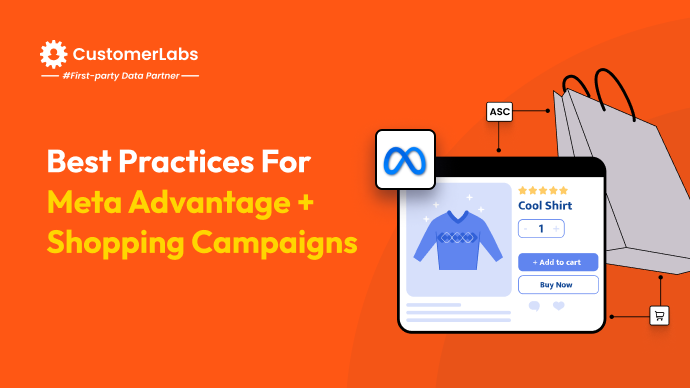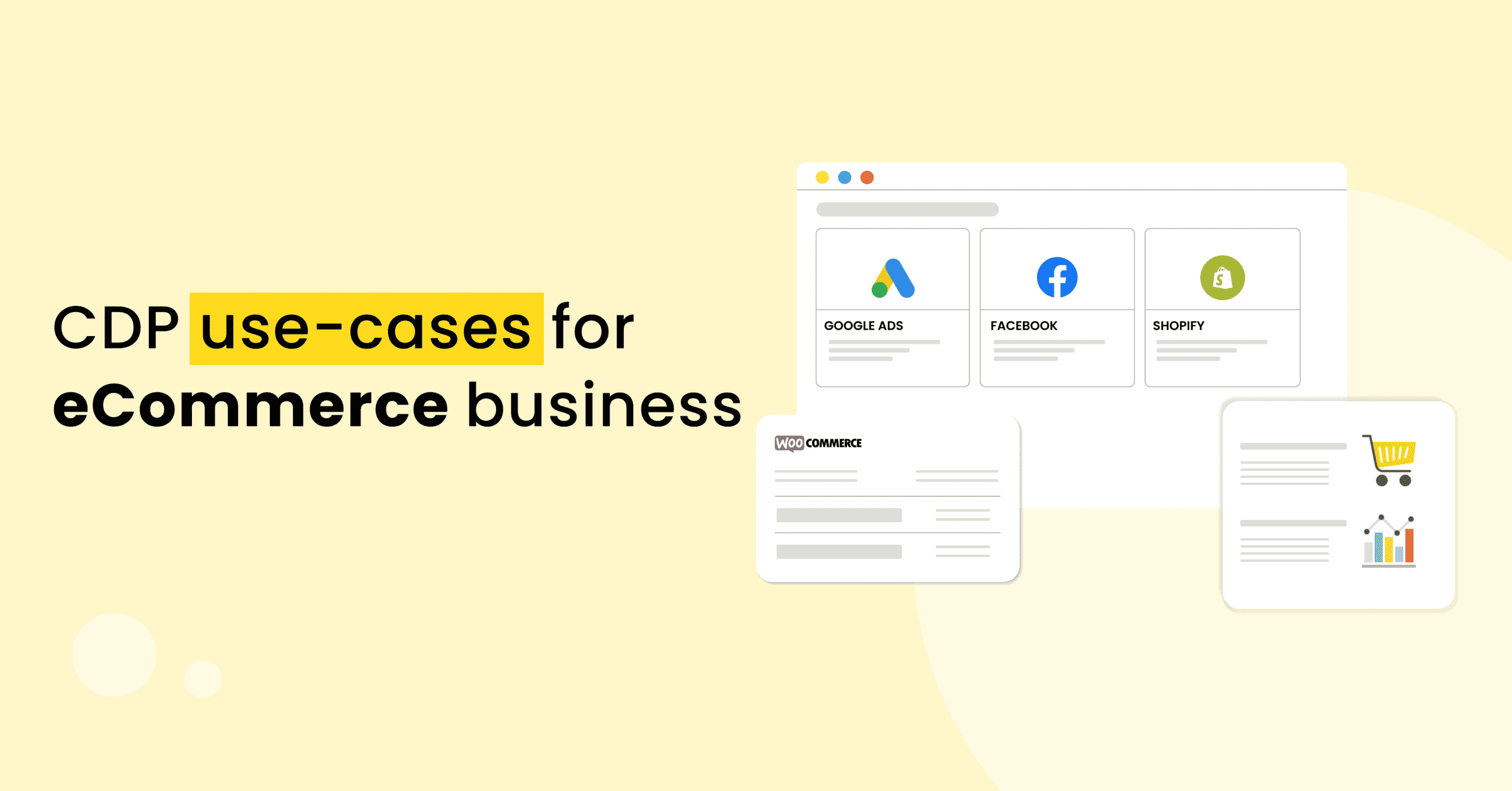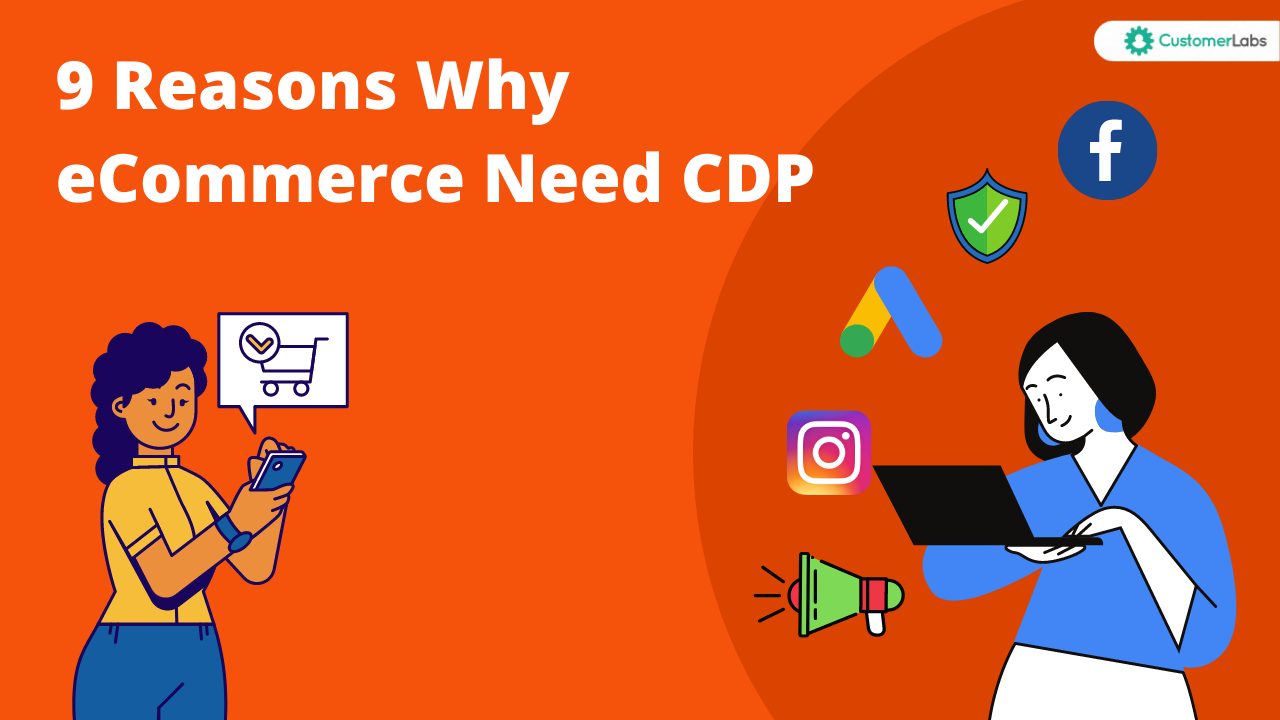It’s 2025. E-commerce marketers like you are facing many problems like tracking inaccuracies, attribution issues, and the inability to scale ad campaigns, etc. These issues might be driving you crazy. It’s essential to address these issues before they impact your profitability. In this blog, we will be breaking down the common problems that e-commerce marketers like you are facing and we will be finding the solutions to resolve them. Let’s get started.
Common problems e-commerce marketers are facing & How to solve using the 1PD Ops Platform
Tracking Inaccuracies: The Hidden Threat to Ad Performance
Tracking user data has become a major challenge for marketers like you. But before we dive into the solution, it’s important to understand why tracking user data is such a big challenge today.
Why?
Users nowadays are concerned about their privacy, which leads to the strict restrictions of third-party cookies, privacy updates and the IOS 14+ update.
Due to these restrictions, accurate tracking of user data has become challenging.
Before these updates, collecting user data was easy. However, the new restrictions have significantly disrupted tracking, leading to data loss, which results in low conversions.
How will this affect you?
Since these restrictions are in place, ad platforms will no longer receive vital data such as user information, behaviour, and website interactions. This data is essential for running a successful ad campaign.
Google and Meta have already emphasized the importance of high-quality data. This means you need to feed ad algorithms with accurate data to achieve the expected results or final objectives. However, in your scenario, if you are not tracking user data properly, you won’t be able to send the right signals to the ad platforms, ultimately leading to a failed ad campaign.
The Solution?
Implementing 1PD Ops (First-Party Data Operations) is the best solution for sending accurate first-party data signals to ad platforms. With 1PD Ops, you can overcome the challenges of third-party cookie tracking, as the data will be collected using first-party cookies that run on your server and store information securely.
This approach also ensures compliance with privacy regulations since all collected data is fully user-consented and can be used for marketing efforts. With first-party data platforms like CustomerLabs, tracking user data becomes effortless. Fix your tracking, and everything else starts falling into place.
RTO: The Silent Profit Killer for E-Commerce Brands
RTO? I am a performance marketer—why should I even worry about RTO? If you’re thinking like this, then, my dear friend, I’m sorry. RTO is killing your ad campaigns, and it’s high time you address it.
Why is RTO killing your ad campaigns?
Let me break it down with an example.
Imagine your boss gives you $20,000 to run a campaign for a new product line—shoes. Let’s assume each pair of shoes costs $200. You set campaign goals, define your audience, upload the best ad creatives, and finally launch the ad.
After seven days, orders start coming in, and you receive 200 orders. Out of the 200 orders, 150 orders were COD (Cash on delivery). The orders are shipped, and you’re happy with the conversion rates.
At this point, you’re thinking:
“Wow! The ROAS looks great. My boss is going to be proud of me.”
But here’s where the real challenge begins.
Five days later, 60 orders were returned. Now, your RTO rates shoot up, decreasing your ROAS.
How are you going to fix this?
Let’s see how to fix this with a small data strategy.
- One-click checkout tools like GoKwik and Shiprocket mark high-risk purchasers and low-risk purchasers based on the user’s purchase behaviour.
- Shopify also provides basic-level data that shows how much RTO has come from a particular ad campaign.
But the real question is, how are you going to collate this data and get a complete picture of the whole situation?
Well, that brings us to the solution: How to collate this data and get the full picture?
Implementing 1PD Ops helps you consolidate the data and see everything in one place. Successful purchases vs. returns, high-risk vs. low-risk buyers, prepaid vs. COD orders, new vs. repeat customers, RTO rates from specific ad campaigns, and more. And the best part? All of this data is available right inside your Meta Ads Manager dashboard. Sounds incredible, right?
The default campaign view isn’t enough. You need a complete picture to identify where things are going wrong. That’s why a First-Party Data Operations (1PD Ops) platform is crucial; it provides the insights you need to reduce high Return-to-Origin (RTO) and optimize your ad performance.
The next challenge we will be discussing is one of the most crucial ones.
Inability to scale the ad campaigns
Running ad campaigns revolves around one key goal: scaling. Every marketer wants to scale their campaigns and increase their ROAS.
Let’s say today you invest $1,000 in an ad campaign and generate a 2X ROAS. Naturally, you’d want to double the budget, expecting to have double ROAS which is 4X.
But in reality, that’s not how it works, my friend. Your ROAS won’t grow that way.
But why?
Why is this happening?
As you know, ad algorithms run on AI and machine learning, meaning they need to be trained to find the right potential customers for your business. Simply increasing your ad budget and waiting for results doesn’t work anymore.
Most marketers out there focus on the wrong issues and try to fix problems that aren’t really important. For example, they assume that poor ad creatives are the reason, so they start making changes—expecting better results.
But in reality, the issue isn’t with your creatives or any other thing—it’s with your data. Many marketers like you fail to feed the right data into ad platforms and still expect to see good performance.
Now, you might ask me:
“Just tell me how to scale my ad campaigns and send the right data to ad platforms!”
This brings us to the solution…
How to scale an ad campaign?
If you want to scale your ad campaigns, you need to tell the ad platforms who your audiences are, and what they look like. But how do you do that?
You have to feed ad platforms with rich first-party data and strong audience signals that help train algorithms to find the right customers for you. Think of ad algorithms like babies: you need to feed them the right nutrients (first-party data) so they can grow strong (train properly) and achieve great things (deliver high ROAS).
When you provide the right data and increase your ad budget strategically, you’ll see conversions rising at an accelerated rate.
And the best part? You don’t have to do it alone. Just get in touch with our 1PD Ops Experts, and they’ll guide you through the entire process.
Conclusion
E-commerce has evolved—and so have its challenges. But overcoming these challenges is the only way forward.
In this blog, we’ve addressed some of the key challenges e-commerce marketers are facing, Whether it’s data tracking inaccuracies, high RTO, or scaling ad campaigns. We have unveiled the ultimate solution for solving these challenges: implementing a robust 1PD Ops platform.
The best time to adopt a 1PD Ops platform was a year ago. The second-best time is today.
Don’t wait until your ad performance crashes—shift your focus towards 1PD Ops Strategy.







